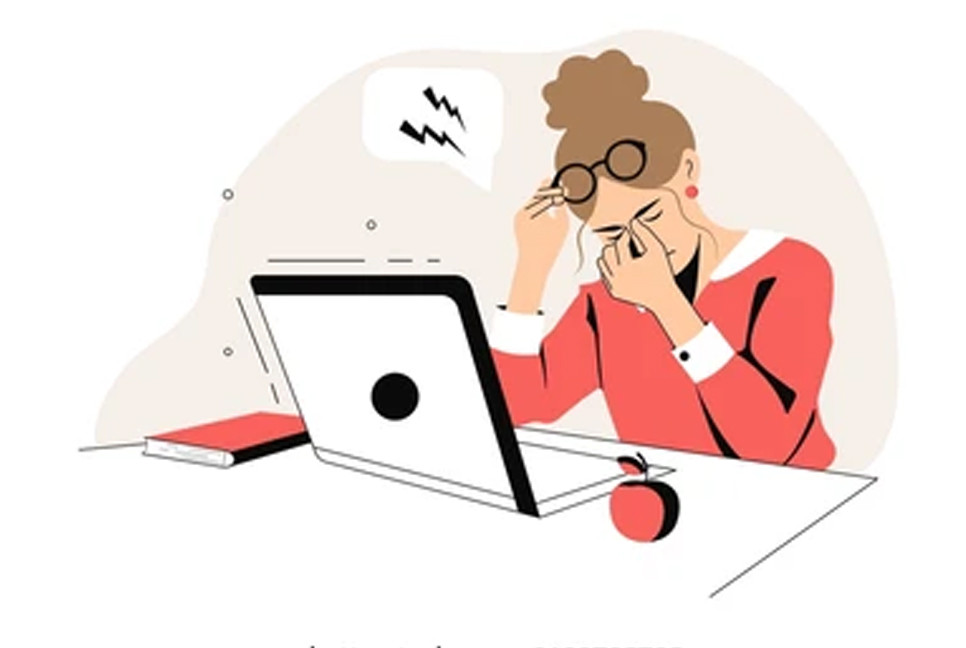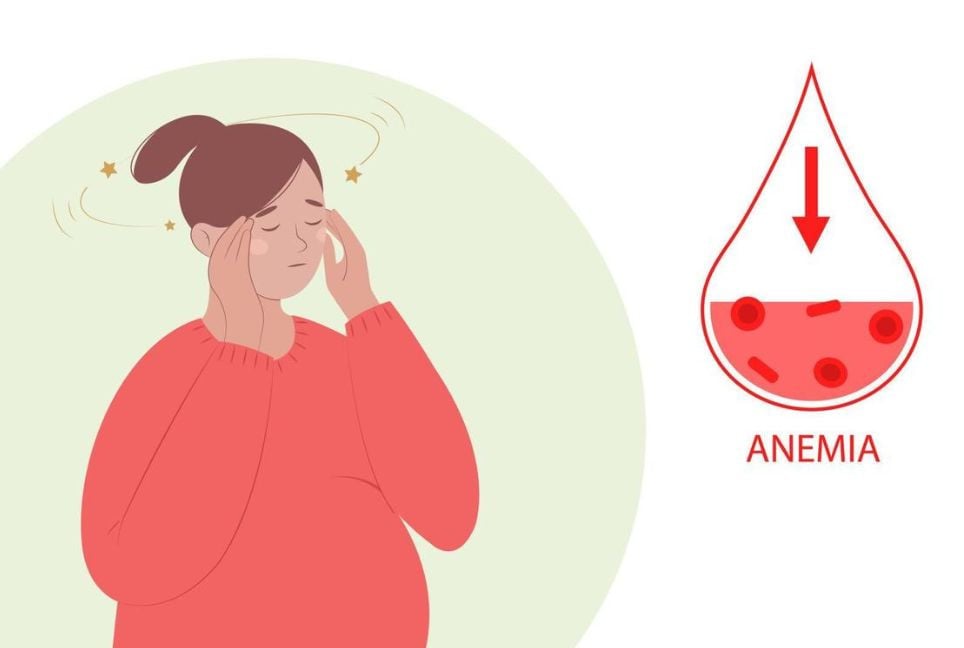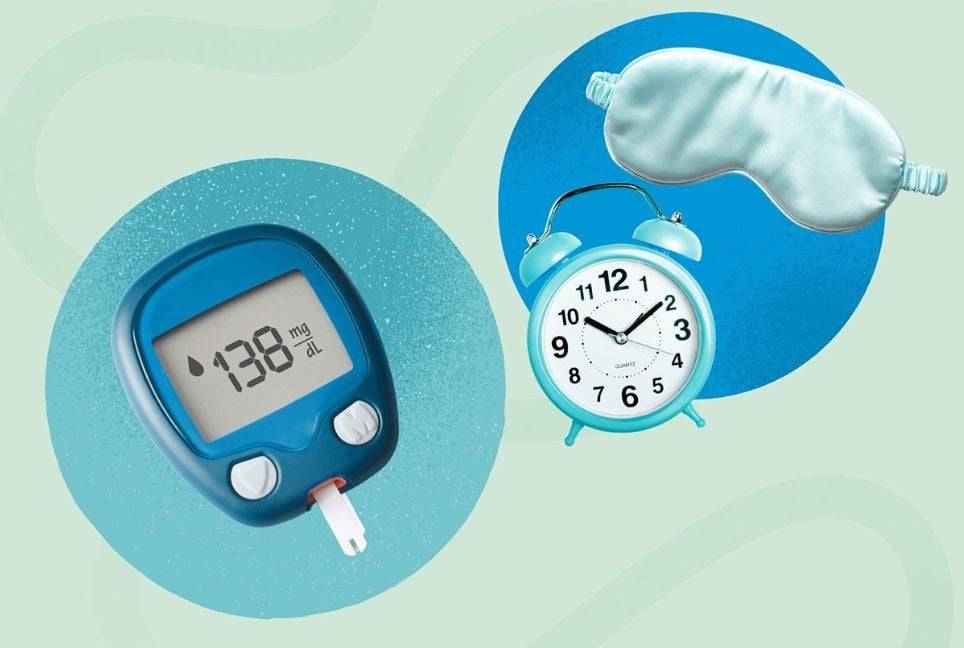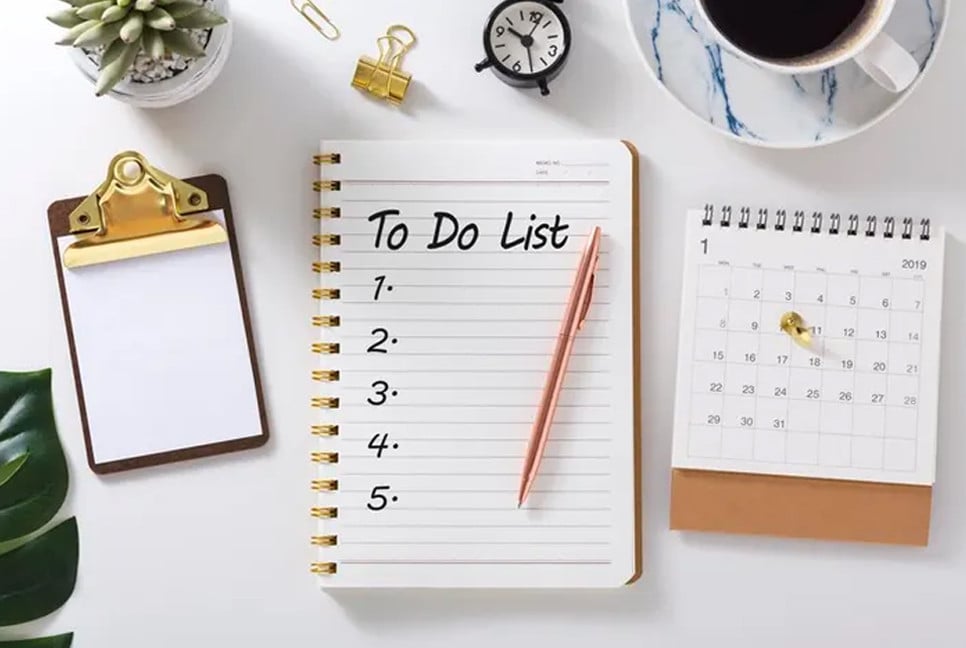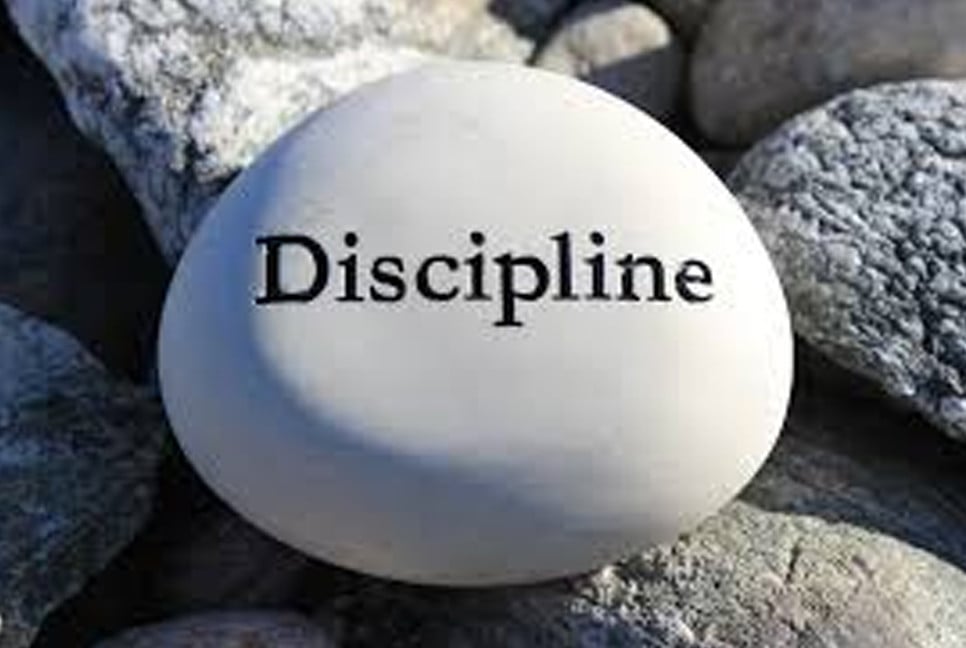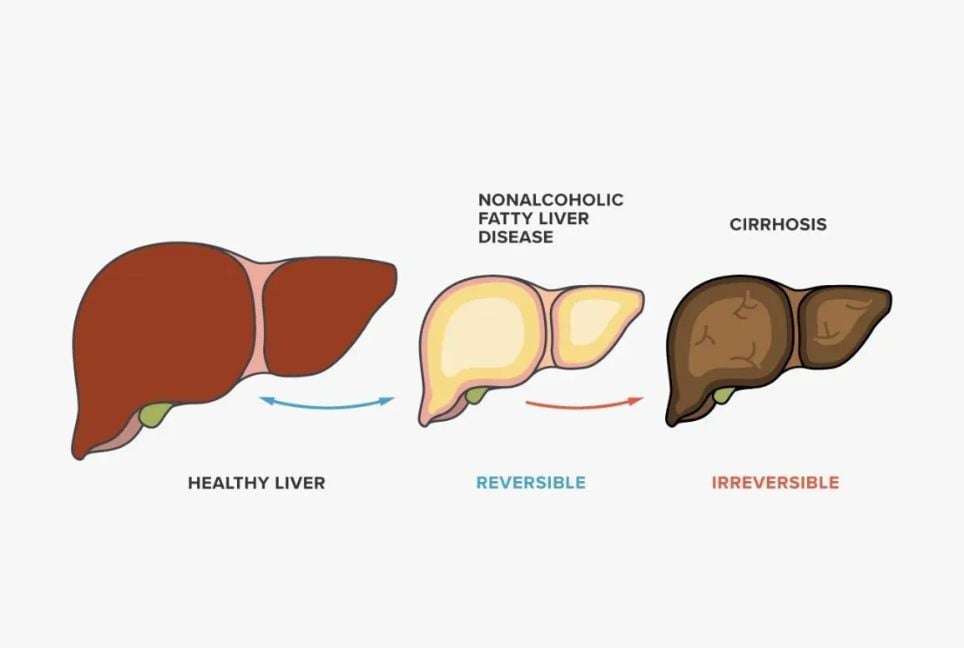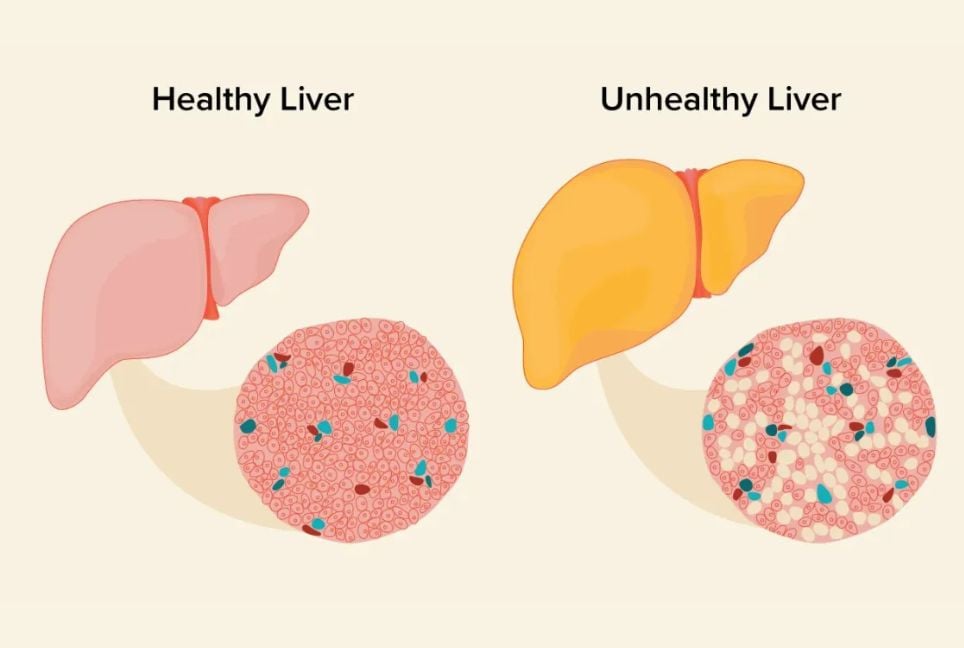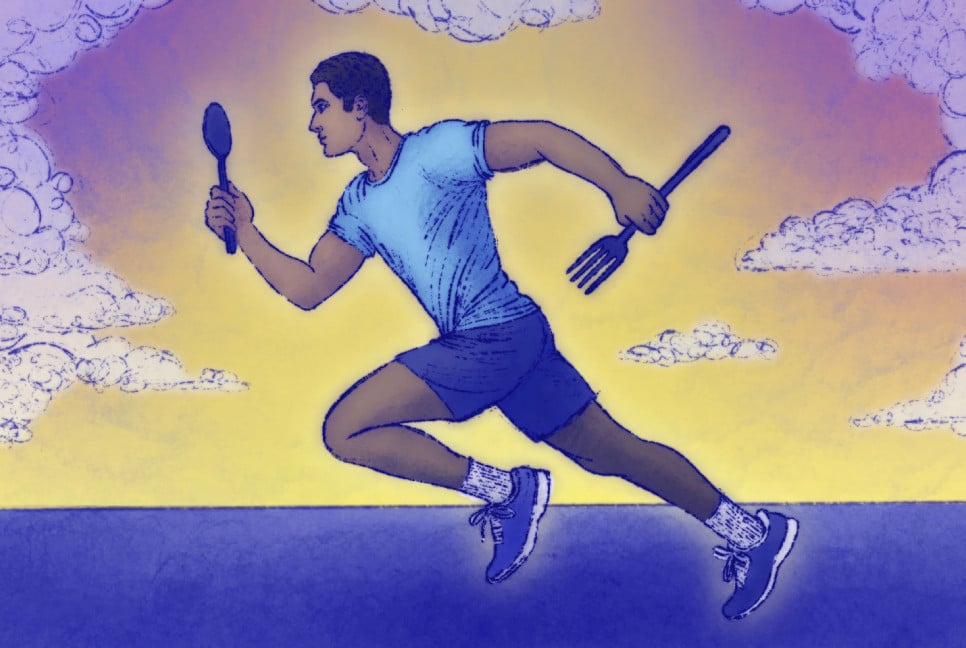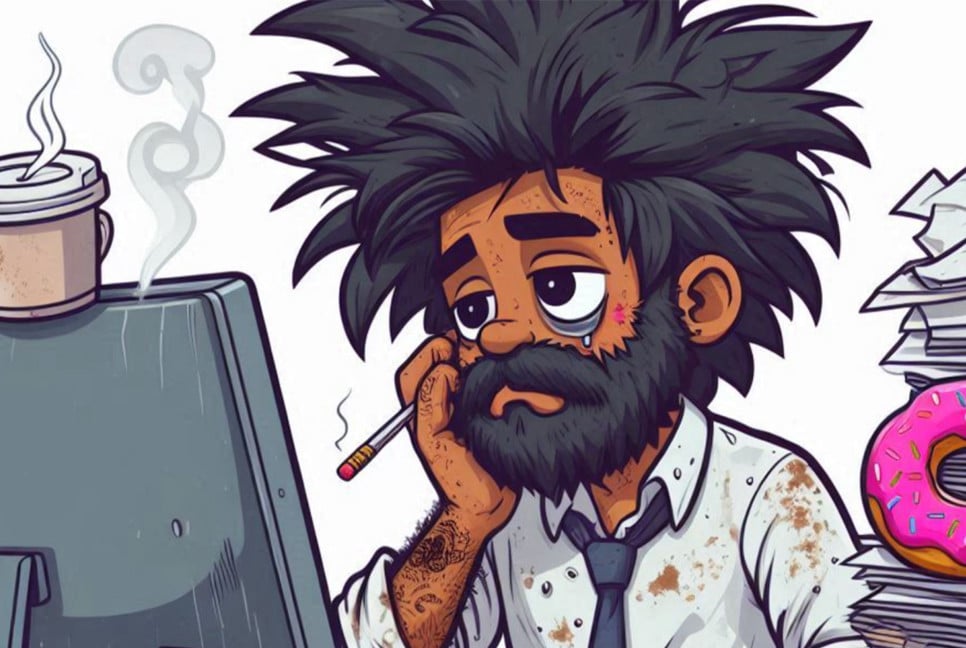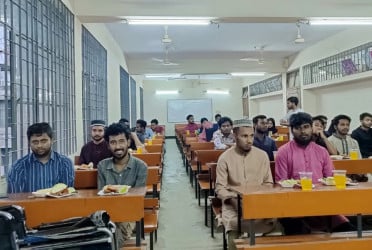Smartphones and screens have become vital parts of our lives, with most of our tasks depending on staying connected. However, extended screen exposure can harm our eyes and result in smartphone vision syndrome, which causes eye irritation from long-term smartphone use.
Dr Abhinav Singh, senior consultant, Sharp Sight Eye Hospitals said, “From staying updated on social media to attending virtual meetings and managing daily tasks, smartphones have revolutionised communication. However, this convenience comes with a significant downside—Smartphone Vision Syndrome (SVS). A growing concern, SVS refers to the strain and discomfort experienced by the eyes due to prolonged smartphone usage.”
Causes of smartphone vision syndrome:
Extended screen time: Constant use of smartphones for work, entertainment, or scrolling through social media.
Inadequate blinking: While using screens, the blink rate reduces by about 60%, causing dryness and discomfort.
Poor viewing distance: Holding phones too close to the eyes increases strain on the eye muscles.
Improper lighting: Using smartphones in dimly lit environments exacerbates eye strain.
Early symptoms of smartphone vision syndrome:
Eye discomfort and fatigue: Persistent strain in and around the eyes.
Blurry vision: Difficulty focusing, especially after extended use.
Headaches: Frequent, tension-type headaches due to prolonged eye strain.
Dry eyes: A burning sensation caused by reduced blinking.
Neck and shoulder pain: Poor posture during smartphone use adds to musculoskeletal strain.
Difficulty sleeping: Overexposure to blue light disrupts the body’s circadian rhythm, interfering with sleep patterns.
Treatment options to know about:
The doctor added that treating smartphone vision syndrome involves addressing the symptoms and the root causes.
Artificial tears: These can alleviate dryness and irritation caused by reduced blinking.
Blue light glasses: Special lenses that block or filter blue light can reduce strain.
Eye exercises: Techniques like the 20-20-20 rule—looking at something 20 feet away for 20 seconds every 20 minutes—help relax eye muscles.
Consulting an ophthalmologist: Persistent symptoms might require medical advice and potential prescription eyewear.
Therapeutic drops: Lubricating eye drops prescribed by specialists can improve hydration.
Prevention tips:
Limit screen time: Use your smartphone only when necessary. Set daily screen time limits to avoid overexposure.
Adjust screen settings: Reduce brightness, enable blue light filters, and increase font size for comfortable reading.
Maintain proper posture: Keep your smartphone at eye level and maintain a comfortable distance of 16-24 inches.
Blink regularly: Make a conscious effort to blink more often to prevent dryness.
Follow the 20-20-20 rule: This simple practice can drastically reduce eye fatigue.
Use anti-glare screens: These reduce glare and make prolonged screen use less taxing on your eyes.
Take breaks: Avoid continuous smartphone use. Incorporate short breaks to give your eyes much-needed rest.
Hydration: Keep yourself hydrated by drinking 2-3 liters of water every day.
Source: Hindustan Times
Bd-pratidin English/ Afia

